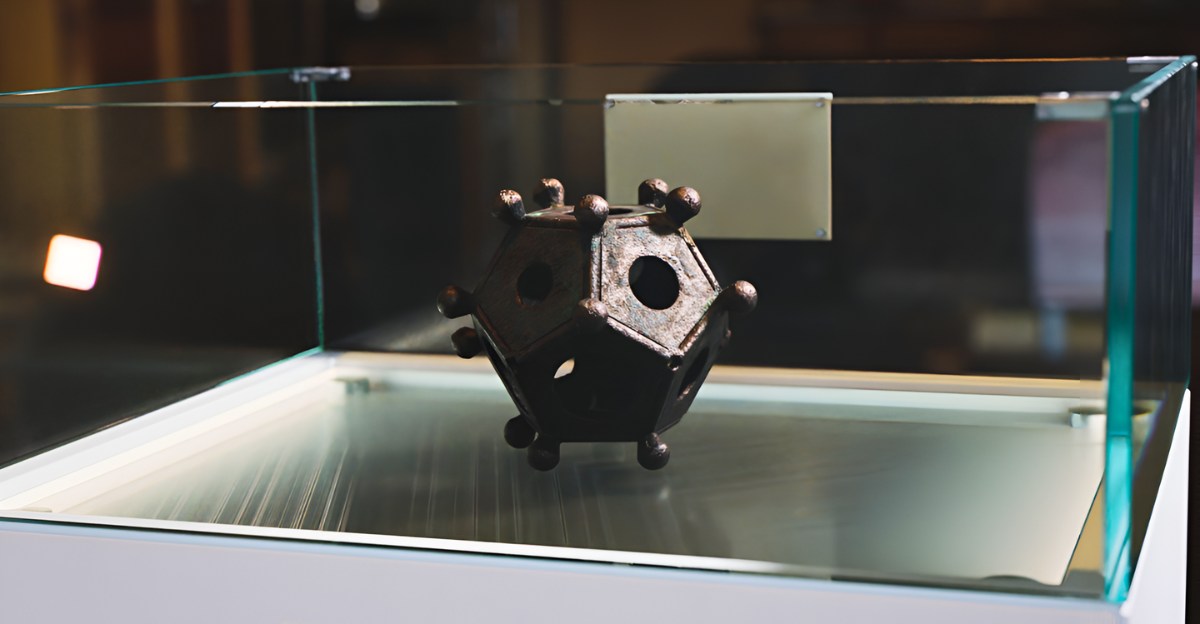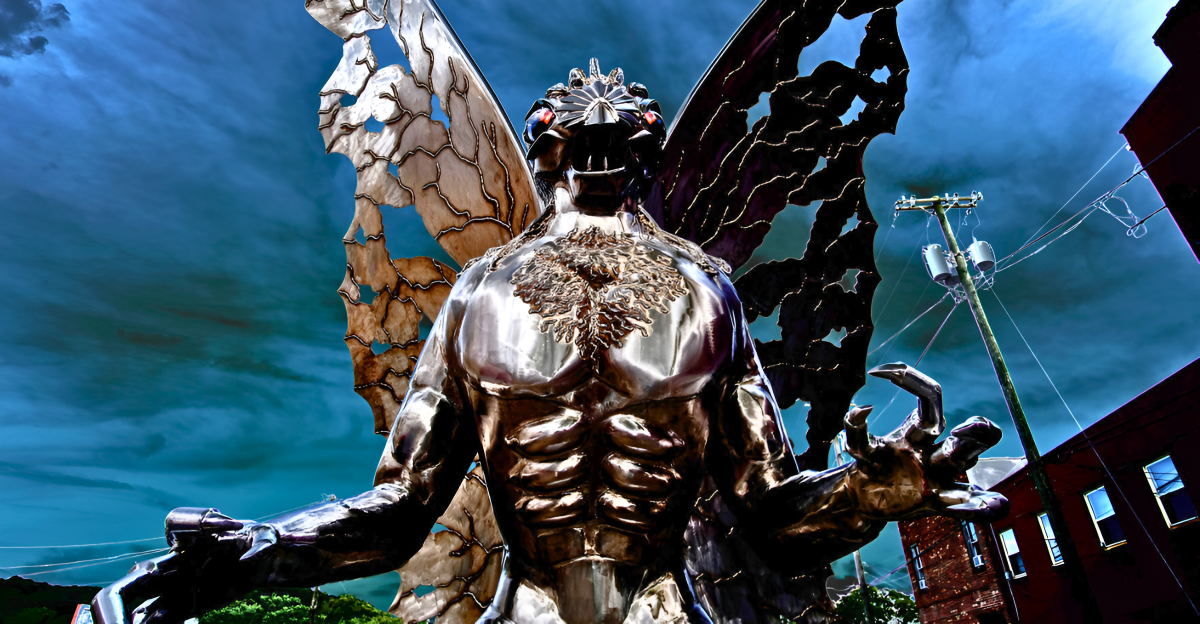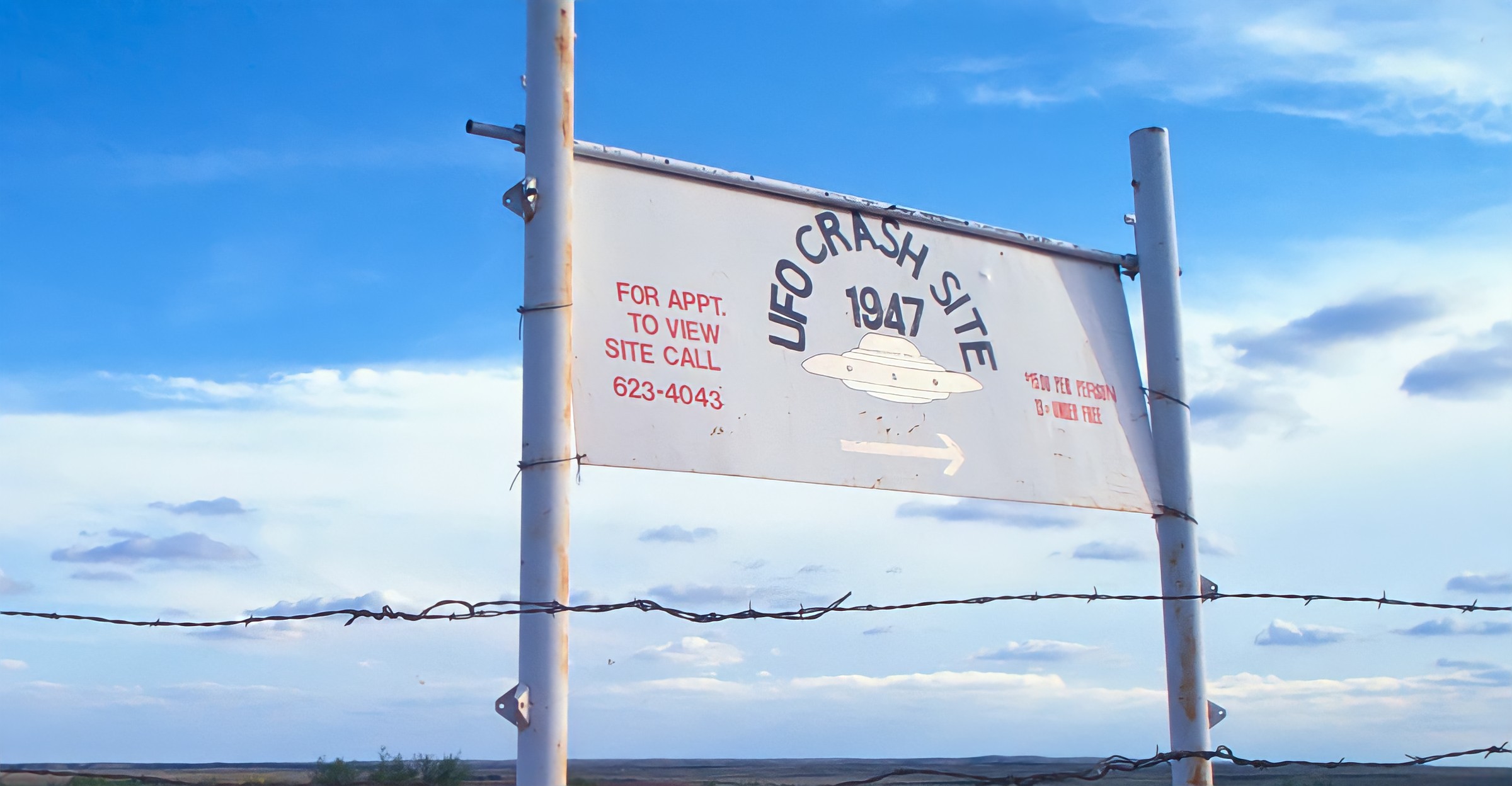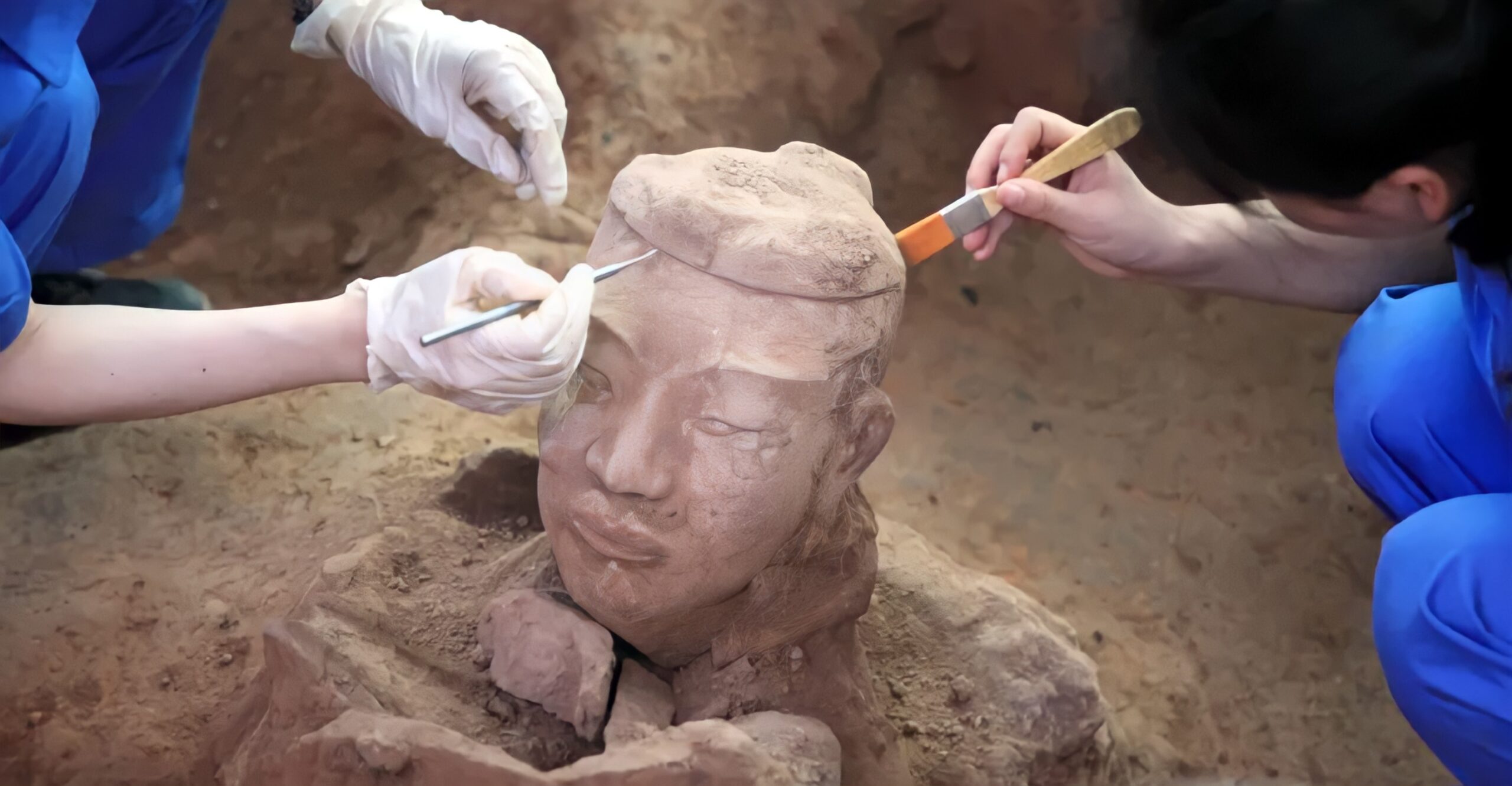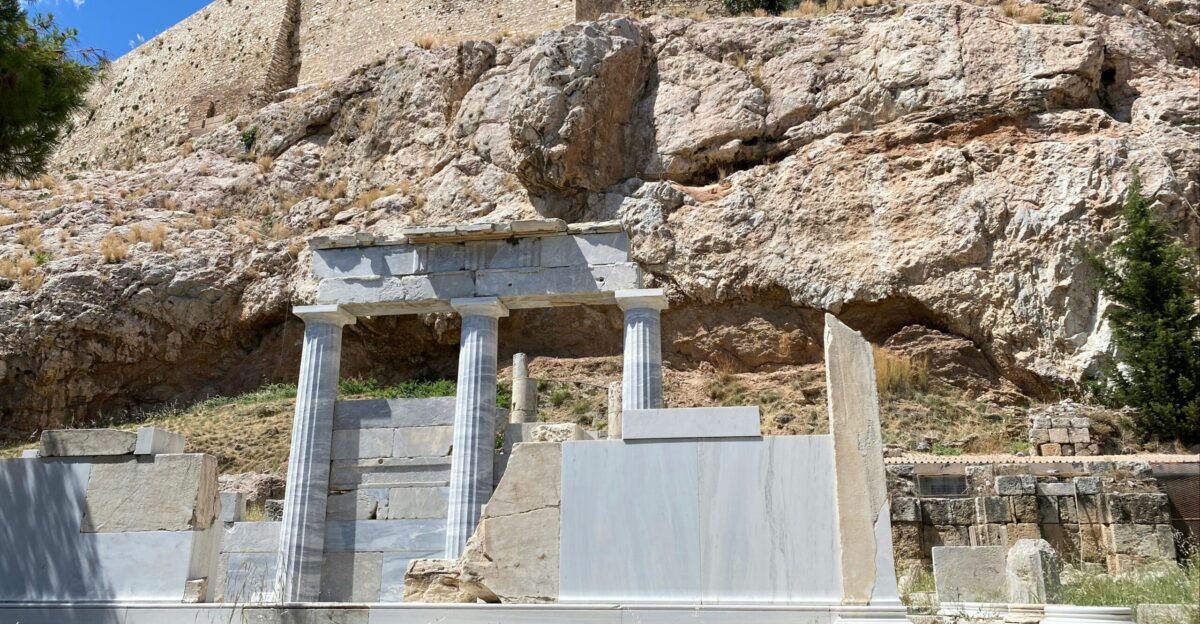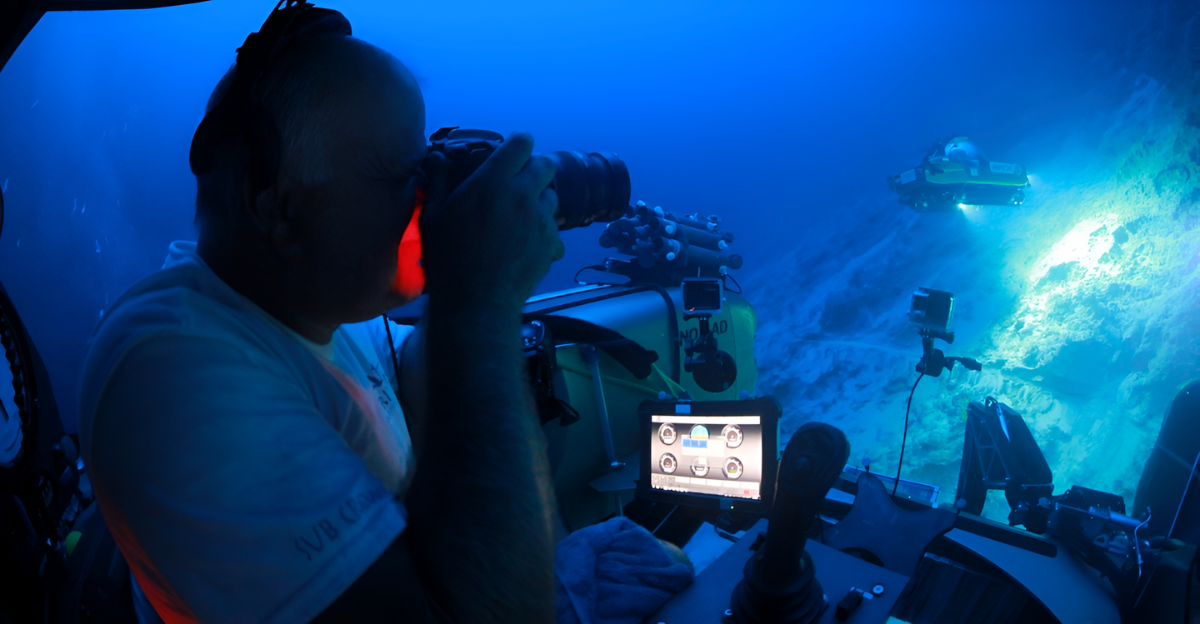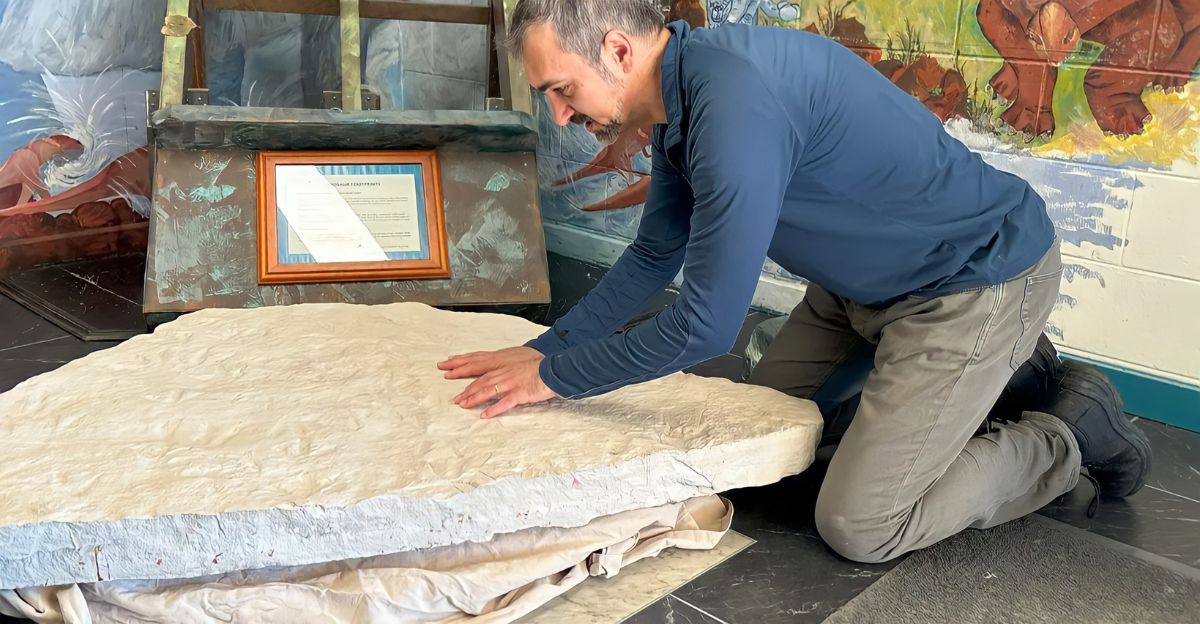
Have you ever decided to take on a spring cleaning session and end up finding lost treasures you haven’t thought about in years? Well, that’s exactly what happened in the main office of Biloela State High School in rural Queensland, Australia. For more than 20 years, this lost treasure had gone unnoticed as nothing more than a decorative slab with chicken-like tracks all over it. Little did they know the secret that stood in plain sight.
Where The Boulder Came From

The boulder was unearthed at the nearby Callide Mine in 2002, and geologist Wes Nichols found it just in time. The coal miners who unearthed the boulder didn’t realize the find’s significance and were set on blasting away as planned. He saved the boulder and then donated it to the school, where his wife was a science teacher.
“Significant fossils like this can sit unnoticed for years, even in plain sight,” said Anthony Romilio, a paleontologist at the University of Queensland’s Dinosaur Lab. “It’s incredible to think that a piece of history this rich was resting in a schoolyard all this time.”
Scientific Examination

This remarkable discovery was made thanks to local community members who, inspired by Dr. Anthony Romilio’s research on dinosaur tracks in nearby regions, contacted him to investigate the rock at Biloela State High School. Dr. Romilio used advanced techniques like 3D imaging and special lighting filters to analyze the boulder’s surface in detail, revealing 66 distinct three-toed dinosaur footprints. This is one of Australia’s highest concentrations per square meter ever.
“For the vast majority of fossils in Australia, most … are not found by paleontologists,” said Romilio. “It’s other people raising their hand and asking: is this significant or not?”
Misconceptions and Surprises

This historic wonder sat in a school office for many years, and most people just assumed that it was some replica or a souvenir of the mining history in the area. “Everyone didn’t quite realise what they actually have. They definitely knew it was a dinosaur footprint. But not the level of detail that a researcher like myself would go into,” Romilio said.
“It’s incredible to think that a piece of history this rich was resting in a schoolyard all this time.”
Broader Implications

This incredible discovery fills a significant gap in Australia’s Early Jurassic fossil record. As Dr. Anthony Romilio noted, these footprints provide “an unprecedented snapshot of dinosaur abundance, movement, and behaviour” during a time otherwise absent from the continent’s skeletal fossil record.
This finding also shows how community outreach can spark people’s curiosity and allow them to explore a field they might not have known before. The footprints went unnoticed for decades until school staff, inspired by nearby fossil research, contacted experts.
A Glimpse Into Prehistoric Life

When Dr Romilio had the chance to examine the boulder, he learned so much about the creatures who made these prints. These prints were made in the Early Jurassic period, about 200 million years ago, and they are especially significant because dinosaur bones from this era have yet to be found in Australia.
“The footprints are from 47 individual dinosaurs which passed across a patch of wet, white clay, possibly walking along or crossing a waterway,” said Romilio. “These dinosaurs were small, with legs ranging from 15 – 50 cm in length, and when they left these marks, they were travelling less than 6 km/hr.”
The Dinosaur Behind the Tracks

The tracks found in the boulder were made by the ichnospecies Anomoepus scambus, a small, plant-eating dinosaur from the Early Jurassic period. While the name Anomoepus refers specifically to the footprint type rather than the exact dinosaur species, evidence from similar skeletal fossils overseas suggests these dinosaurs were bipedal ornithischians characterized by long legs, chunky bodies, short arms, and small beaked heads.
It’s clear that these tracks were made by multiple dinosaurs, ranging in size, while passing through the area. Although no one has ever found fossils of these dinosaurs in Australia before, these prints clearly record their presence in the area.
Why Only Prints Were Found

Only dinosaur footprints, not bones, were found on the boulder because the conditions required to preserve each type of fossil are quite different. Footprints, or trace fossils, form when dinosaurs walk across soft, wet sediment like mud or clay, leaving impressions quickly buried and protected by additional layers of sediment.
The preservation of bones requires the rapid burial of an animal’s remains after death, which is a much rarer occurrence. Typically, bones and footprints are not found together because the environmental and geological conditions that favor the preservation of tracks differ from those that preserve skeletal remains.
Advanced Analysis Techniques

Researchers have some of the best technology to their advantage, which they can use to understand the environments around them better. Dr. Anthony Romilio used cutting-edge 3D imaging and specialized light filters to examine the rock’s surface in unprecedented detail.
“It’s incredible to think that a piece of history this rich was resting in a schoolyard all this time. With advanced 3D imaging and light filters, I was able to reveal hidden details in the footprints. Another sample in this study of Callide Basin footprints was also hiding in plain sight – I spotted it being used as a carpark entry delineator at Callide Mine,” said Romilio.
Local and National Impact

For the community of Banana Shire, the fossilized boulder has become a source of pride and wonder, highlighting the region’s rich prehistoric heritage and sparking renewed interest in local history and science.
“This is huge — not just for Biloela but for the whole country. Who would have thought that a simple rock sitting in the school foyer for years would turn out to be one of Australia’s most important fossil finds? It just goes to show that our region is full of surprises!” said Nev Ferrier, Mayor of Banana Shire.

